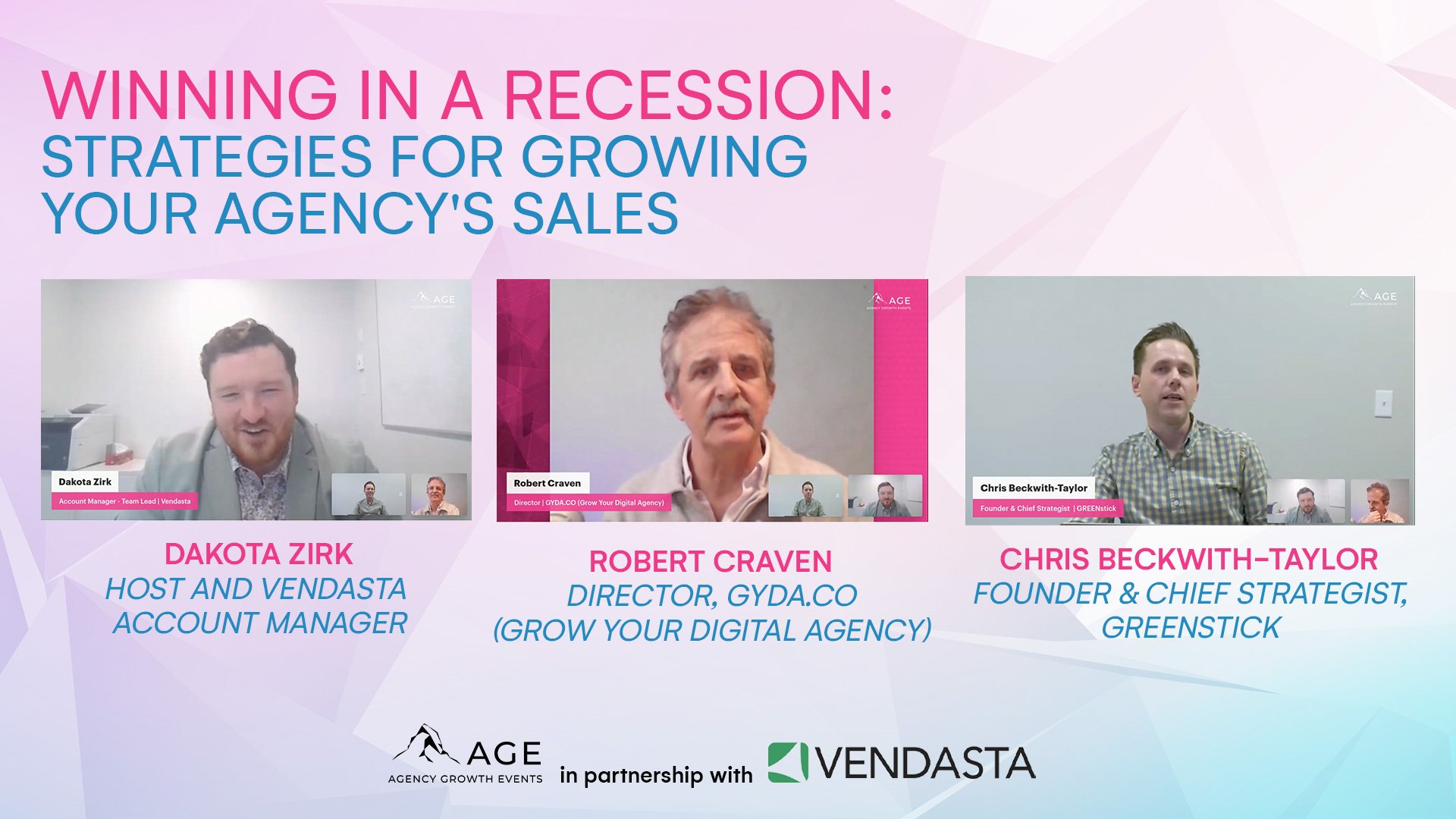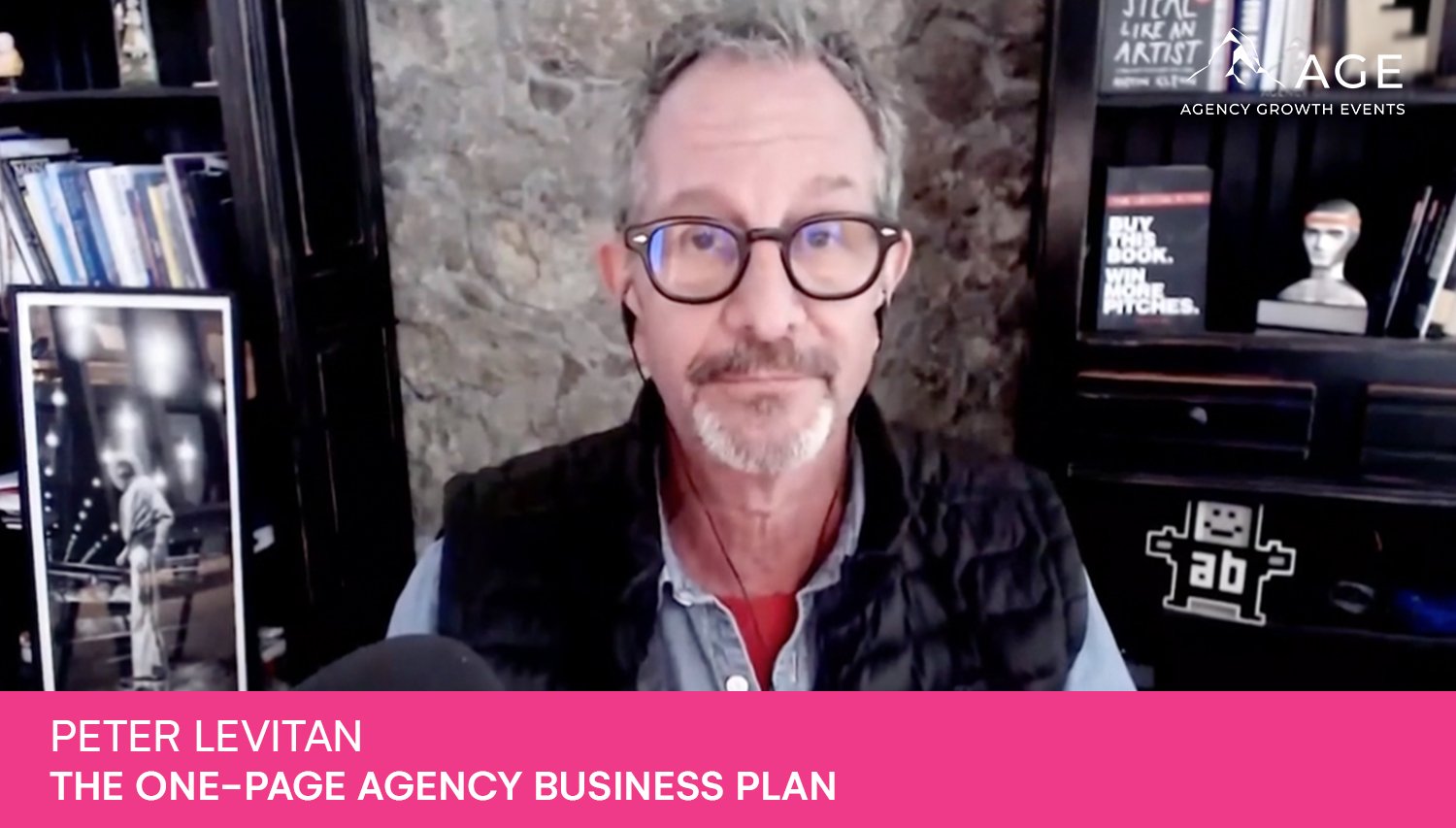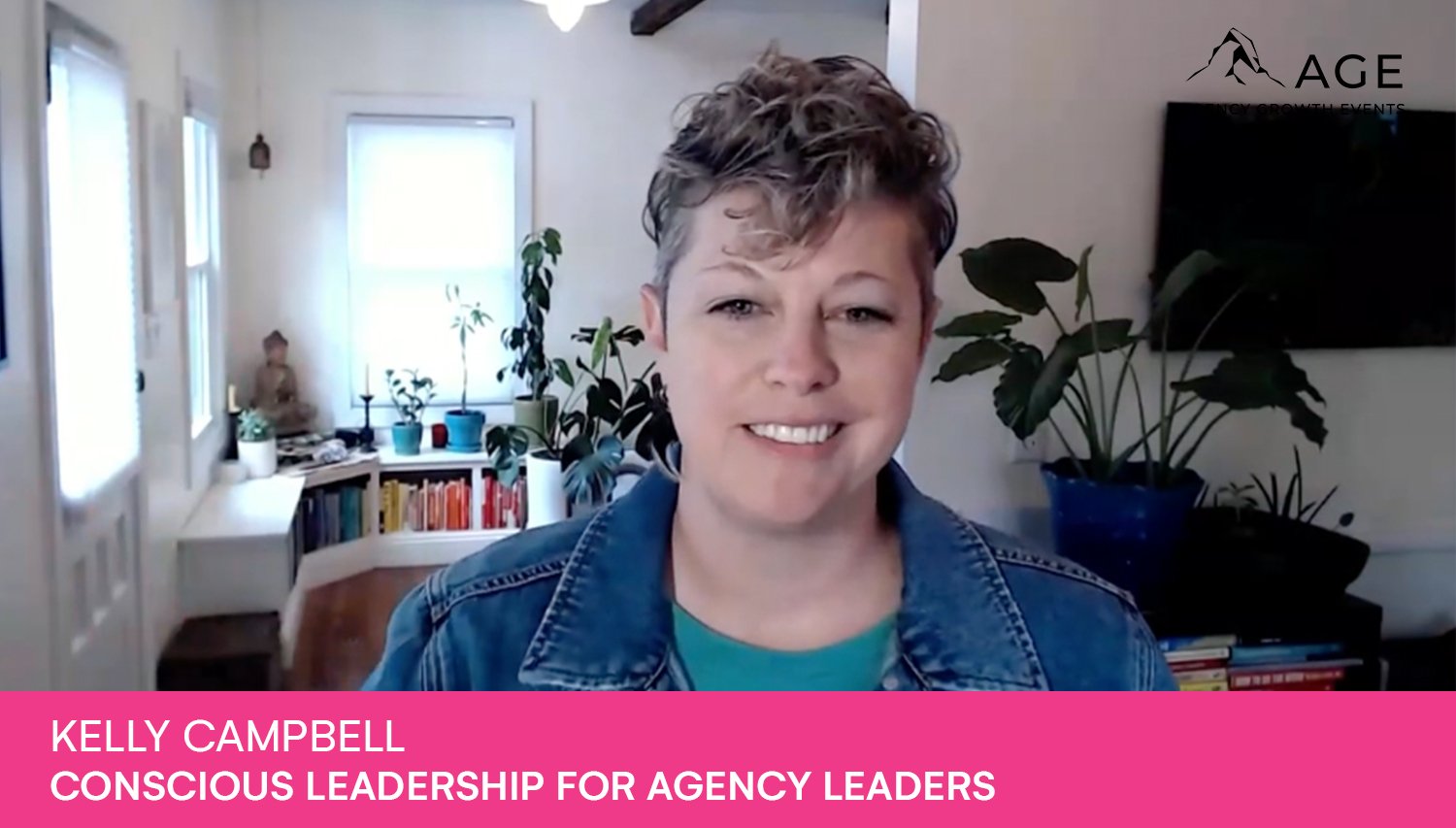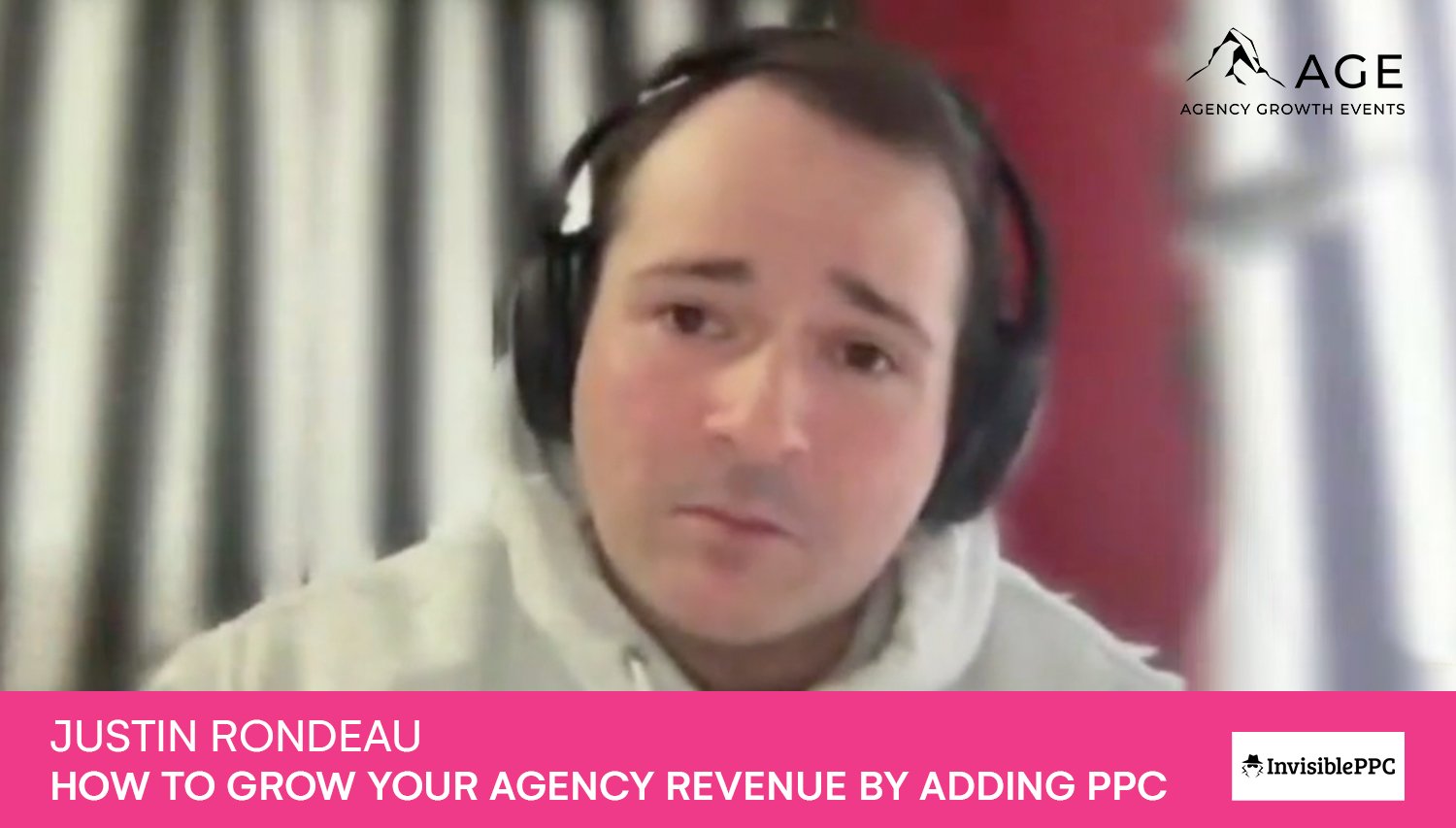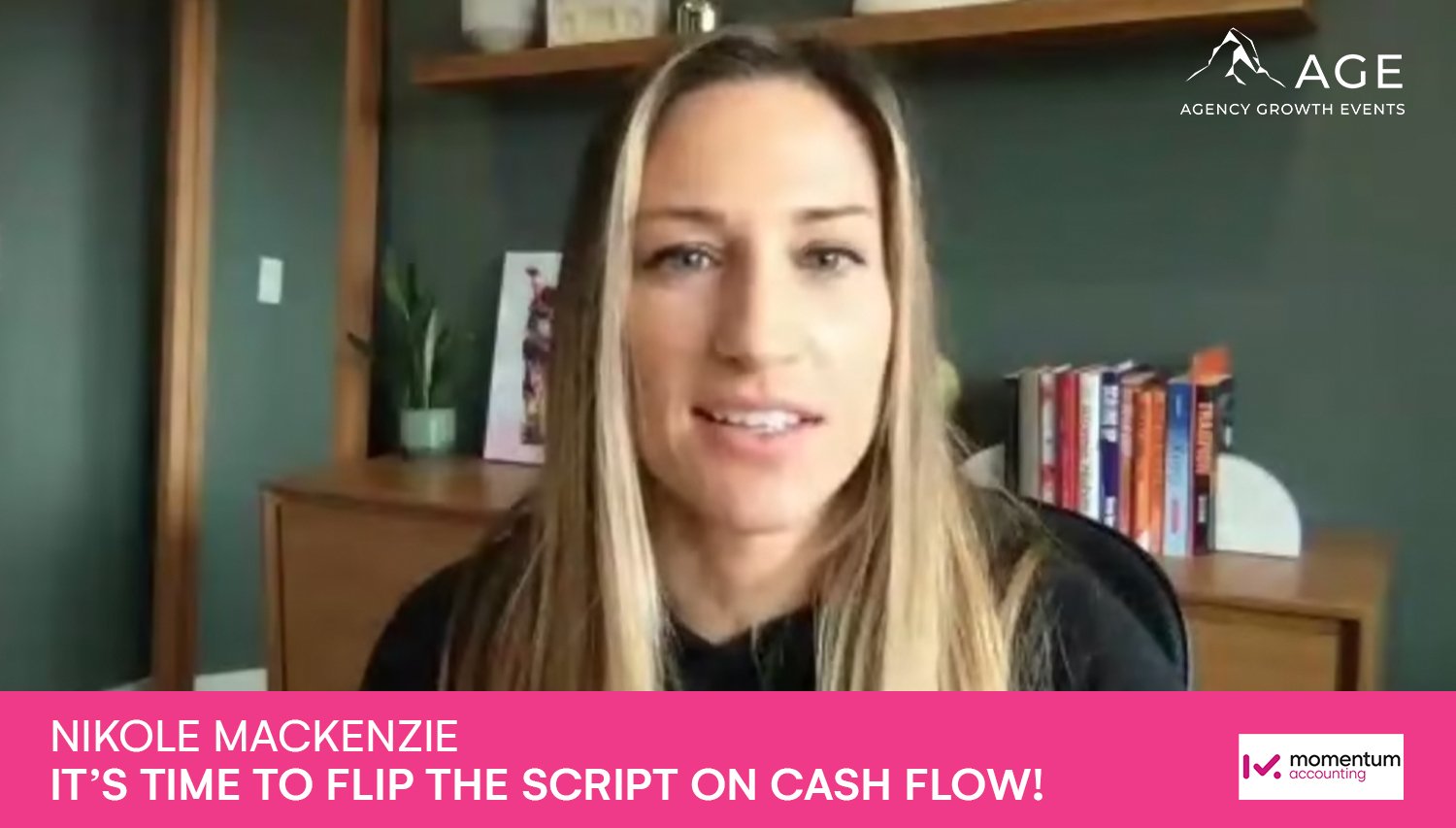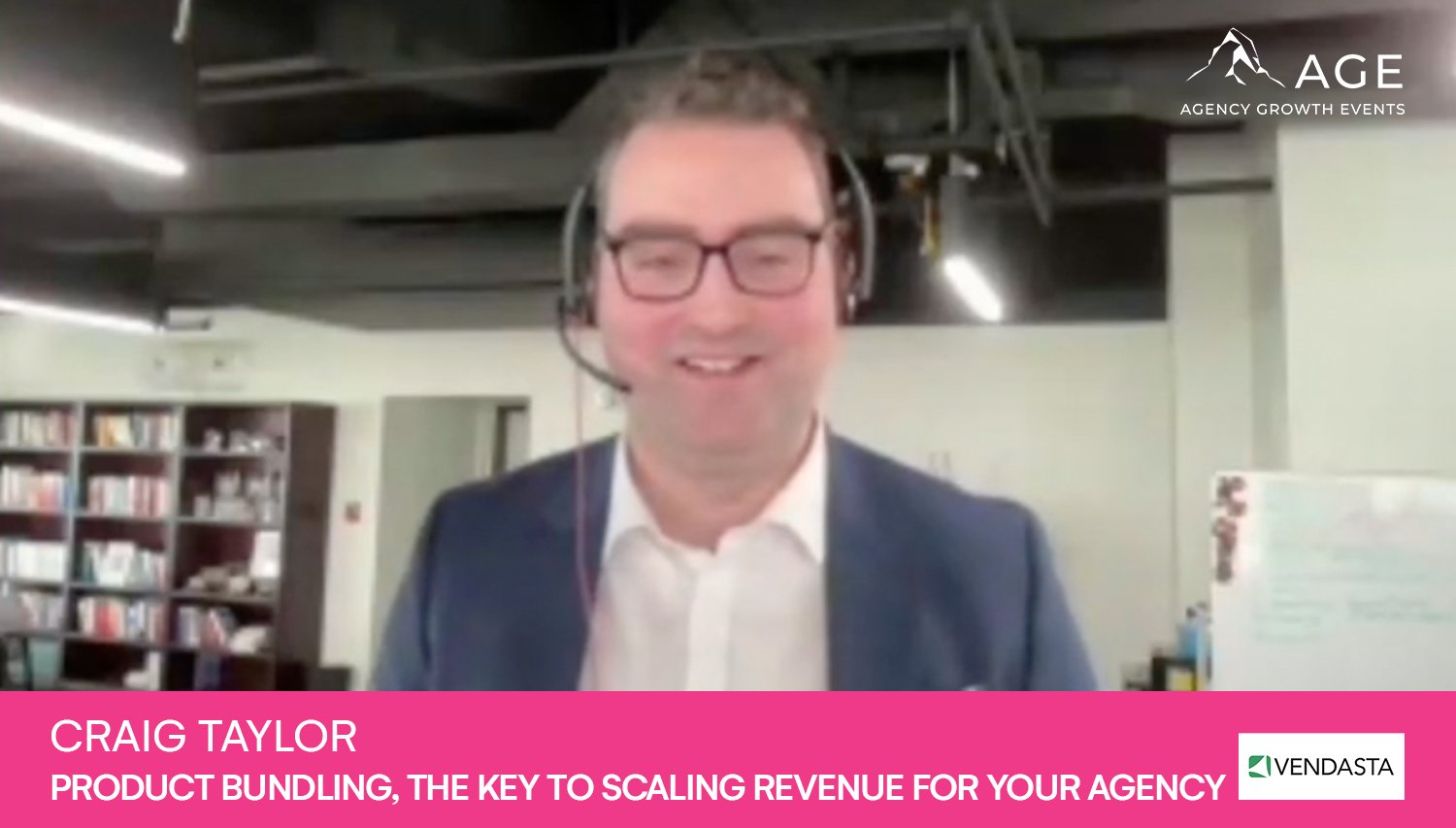S1-E2: Achieving Super Profitability at Your Agency- Peter Czapp
As a digital agency or a business in general, you know that profitability is key to your success. This is easier said than done as there are so many moving parts to getting your gross margin right. You know you need to manage your digital marketing spend, direct labor costs, and your fixed cost, maximize your billable hours and billable staff utilization, minimise project cost overruns, non-billable hours and make sure you pass through expenses to your customers. The actual question is how?
What strategies are most effective in achieving digital agency profitability? How do you go about achieving sustainable and healthy profit margins most agencies struggle at? How do you make your agency’s profitability a non-taboo subject and get the whole team involved? In this 15 minute video, Peter Czapp of The Wow Company and The Agency Collective, gives a masterclass on growing profit margins in the digital marketing industry. Here are his 10 tips, first shared on Agency Growth Events Season ONE, Camp One:
Mindset
Profit Forecasting
High-Value Offering
Three Pricing Options
Stop Scope Creep
Get Fanatical (yes you read that right) About Reporting
Ask for Referrals
Pitch to Existing Customers
Get the whole team involved
Talk to an expert!
Let’s dive in!
Mindset
It all starts with the right Mindset. How do you think about profit margins in your digital agency? Are you meticulously planning for it? Are you forecasting profit? (see next tip) Is it under control? Is it engrained in the culture of your employees?
For any business to be sustainable, it needs to be doing all of the above, all the time. Whatever level you’re at in your agency’s profitability, you can be sure there’s always the next level above. Most digital agencies work to key metrics that help topline revenue growth such as sales team targets, average billable rate, and billable hours; and on the cost side look at things like total overhead spending, employee costs, and cost per hour. But supercharging agency profitability has many deeper levels.
So make sure you’ve got the right mindset and keep exploring.
Profit Forecasting
Profit forecasting is an important factor in achieving high net margins for your digital agency. By predicting your income and expenses for the coming year, you can make smart financial decisions that will help your business grow.
In the video, you’ll find an incredibly detailed way to calculate your gross profit percentage meaningfully. Hold your breath, here’s a breakdown of it: Annual revenue – Recharged costs (any pass through expenses, like display advertising spend, travel spend, other ad spend etc.) = your fee income
You then take out the chargeable wages of your employees, any freelancer costs, and the directors’ time at market value. When you’re looking at employee cost, make sure you include national insurance and other costs to an annual salary in this calculation.
There. You’ve just found your gross profit.
You then divide that by your fee income (see previous calculation) and this should give you your gross profit margin. For your reference, UK gross margin benchmarks sit at 44% for an average digital marketing agency. Reading this blog post, you should be aiming higher than that!
Another key finding here is that most agencies do not focus on gross margin enough, as the same study points out consultancy businesses, a service business with similar business models, tend to score average of 11% higher profit margins than digital agencies.
High-Value Offering
This is where we start to look into topline revenue. Your service to your customer consists of many different digital marketing services. You can be sure, some of them are more important to them than others. You should make absolutely sure which one they value most and adjust your project pricing accordingly. The same customer might be ready to pay more for that one service that you’re best at. This is the genesis of value-based pricing for service businesses. Not only will it help your gross margin and bank account in the end, it’ll also focus your offering and help create strong client relationships.
One thing to keep in mind here is to identify your profit sweet spot. This is directly linked to project size and your gross capacity. Small projects might not prove profitable with your team structure and business model but projects where the total project revenue but also scope is larger than you can deliver, also will dilute your gross margin, and perhaps faster than you can imagine.
Three Pricing Options
Simply Read the book by Blair Enns, Pricing Creativity
Giving three pricing options such as entry package, standard, and premium, will allow your client to consider their options and try to get more for their money, thus considering higher offers than you’d have proposed if you have just gone with one fixed price quote.
It’s important that you give all three pricing options a level of profitability and purpose. The bottom tier should be your entry-level option, which is designed to get clients in the door, give them some value without being too labor-intensive as it may not be profitable enough to justify the time spent on delivering the service.
The middle tier should be your standard option, which is designed to deliver the most value for the money and should be decently profitable for you.
Whilst the top tier should be your premium option, which should offer even more value for your customer and be highly profitable for you.
When proposing these three pricing options, always remember that what’s important is not just how much money you make, but how much value you’re delivering. When your profitability margins are high and you offer great value to your clients, everybody wins.
This subject is also a favorite of another Season ONE speaker at AGE. Check out what Lee Goff has to say about it here.
Stop Scope Creep
Before it starts.
We mean to have the conversation at the beginning of the customer relationship. Ask questions about the sign-off procedure once you’re asked to go out of the initial scope of the project. Make sure there’s two-way communication to ensure any extra work you have to put in gets recorded and compensated. This might be a fallback to an agreed hourly rate or some other form of record.
If you don’t, you cannot reduce cost overruns, your project expenses will soar and your billable hours simply go to waste along with your under-utilized gross capacity. Don’t do that to your agency. Protect your cash flow.
Get Fanatical (yes you read that right) About Reporting
Digital Agencies usually get fanatical about other stuff, like branding, digital marketing, social media marketing, email marketing, and website development. Reporting is not on that list. Well, put it there.
You need to create a reporting system that allows you to track gross margin per every department, every deal, and every offering and manage your business accordingly.
Without it, you cannot determine profitability, understand which services are selling and adjust your efforts (or pricing) accordingly. You’ll also have no idea if that cool social media campaign is actually making or losing money.
This is so important. You should know exactly how much your projects cost and what they bring in. This allows you to be a better business owner, as it’ll help you make informed decisions based on profitability rather than just an overall revenue target or sales performance.
With this data at hand, you can identify which services are the most profitable for your agency and double down on them. You can also identify which projects are most profitable in terms of profitability and net margin and make sure you focus your sales efforts around them.
You can also look at customer profitability and target customers that bring the biggest margins for your business over time, as opposed to just one-time high-value clients who might not be worth their weight in the long term.
Remember: Reporting is the key to a profitable agency. Without it, you’re flying blind.
Ask for Referrals
Referrals are a fantastic way to get new business quickly, but somehow digital agencies are not really good at asking for them. Your repeat customers should be your advocates. The best way to get referrals is to ask them. And then thank them for it. (shocker!)
But before you do, make sure your happy customers feel special and have had a great experience with your business. They’re more likely to say something good about you if they’ve experienced the quality of service and professionalism that exists at your digital agency firsthand.
You pitch referral marketing to your customers. So use it yourself too. It is a powerful tool to grow your business and can get you more clients in the short term at zero cost.
Pitch to Existing Customers
Don’t just settle for what you’ve got. Go talk to your existing customers and pitch them new ideas. Offer them new services, additional products, and other things that might add value to their business. This is how you grow your relationship with them, along with your topline revenue.
The work you’ve done for them before doesn’t mean the relationship has to end there. You can use it as a platform to launch new projects and deliver more value to customers who know and trust you already.
You won’t always get yeses, but if you do enough asking, at least some of your customers will say yes. You’ll be surprised how often new opportunities are right in front of you. And it’s a lot easier selling to existing customers than finding new ones anyway.
Get the whole team involved
Quoting our speaker: “If you’re the only one thinking about profitability, this will be a lonely pursuit!”
You need to get your entire team involved in profitability. They should all understand the business and be able to track profitability metrics on a day-to-day basis. It will drive profitability for the agency, but also give them a better understanding of the digital marketing business you’re running.
The profitability of your agency should be their profitability too. Involve the team in decisions that affect profitability and include them in strategic business planning.
We know that concepts like gross margins, overhead costs, net profit margin, billable utilization, hourly cost, adjusted gross income, and cash flow are not for everyone, but they cannot simply be parked on the finance department either. So make sure you help your whole team understand how net profitability will benefit everyone, from the junior digital marketer to the sales teams. The coolest digital marketing activities or the strongest sales pipeline won’t mean much if your net margin won’t prove sustainable regardless of how much profit there is today.
Talk to an expert!
If you’ve watched the video, we’re sure you want to talk to Peter right now! You can contact The Wow Company here.
By now, you are much better informed on your agency’s profitability than an average marketing agency owner. You report margins higher than most marketing agencies, have better cash flow, and project revenue, and your agency gross income much better than your competition. With your agency profitably reporting growth, you’re on your way to scale your business.
So share the love, send this blog post to your digital agency friends and make them happier!
For more tips like these on growing your Digital Agency, follow our blog and social media accounts.
Here’s another post not to be missed:
How to Grow Your Digital Agency? Ten quick tips you can use to unlock true Agency Growth at scale

